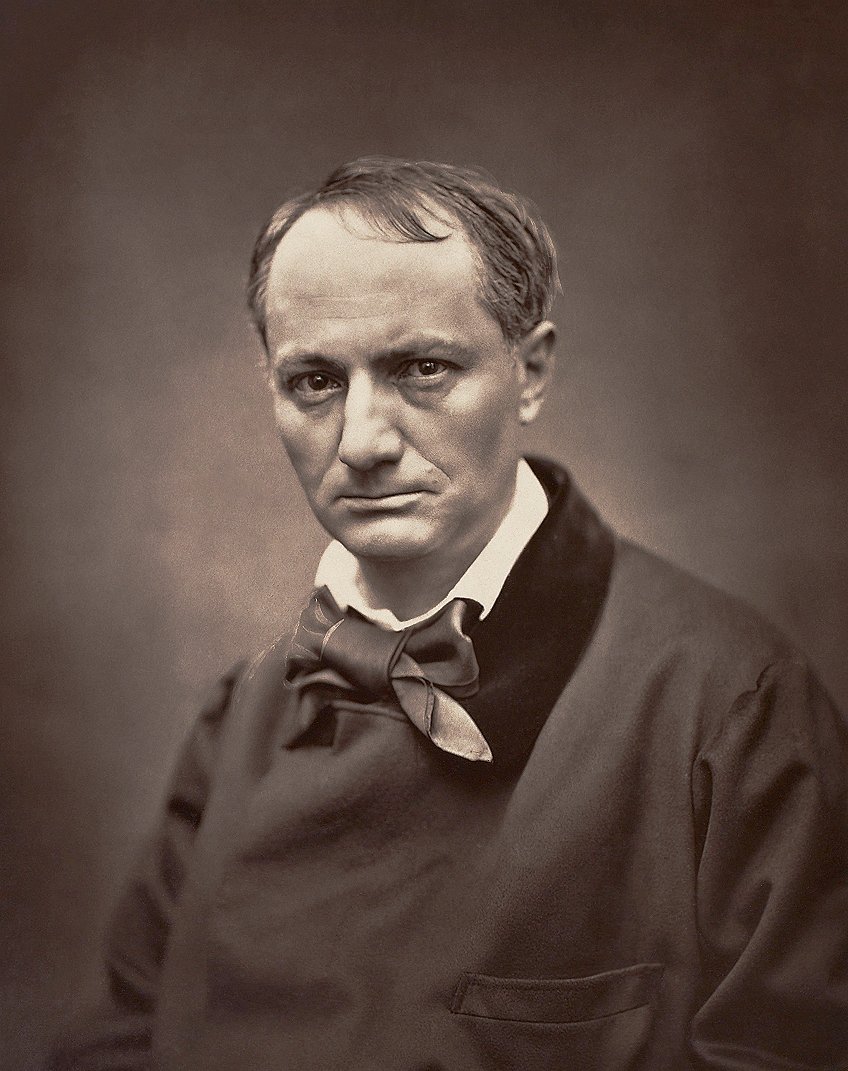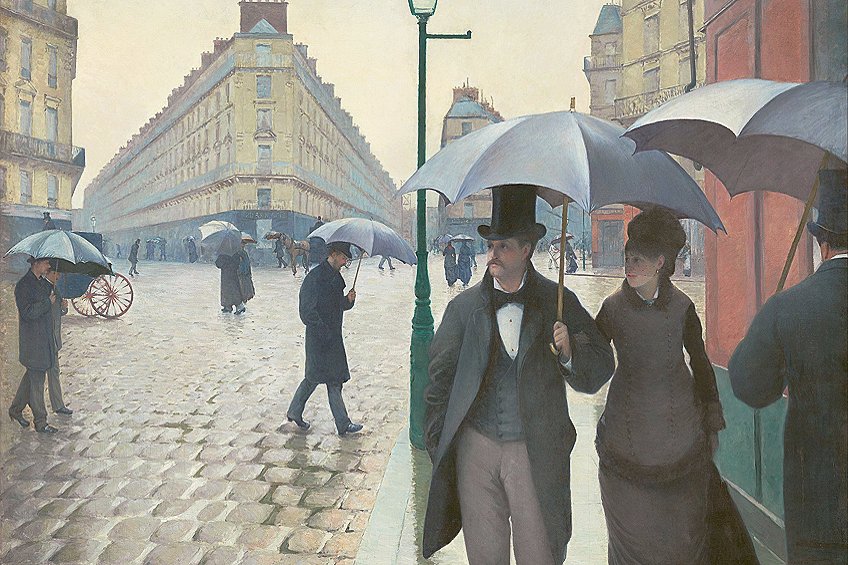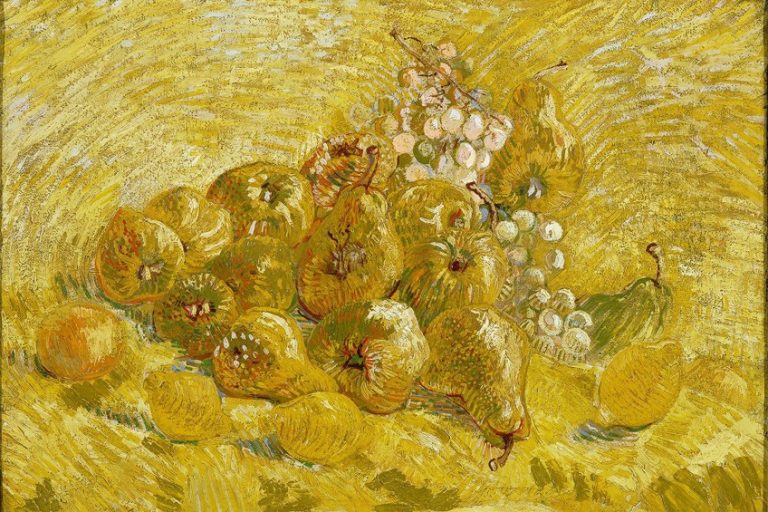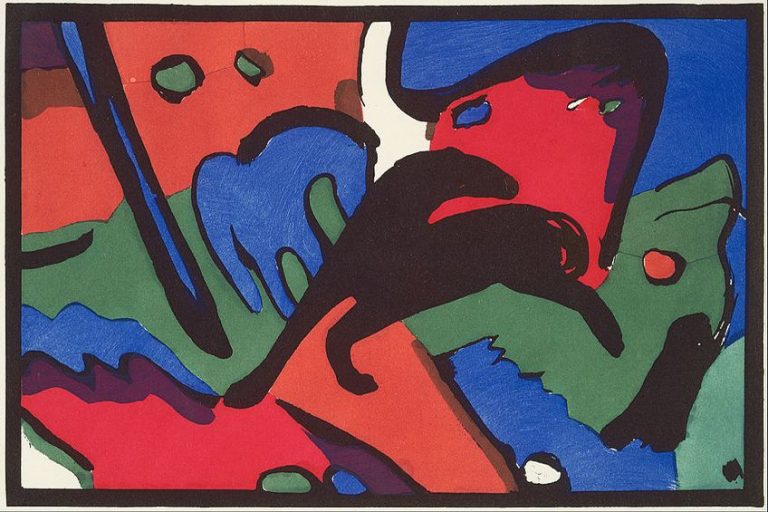“Flâneur” Meaning – The Art of Roaming
In the annals of art and cultural discourse, the flâneur stands as a captivating emblem of urban experience and modernity. Originating from the bustling streets of 19th-century Paris, the flâneur encapsulates a distinctive way of engaging with the cityscape—a leisurely stroller, observer, and connoisseur of urban life. Coined by the French poet Charles Baudelaire, the term has evolved beyond its literal translation of “stroller” or “lounger” to signify a philosophical stance towards the metropolis. As we delve into the concept of the flâneur, we embark on a journey through the labyrinthine streets of art, literature, and social theory, exploring its profound implications for understanding the urban condition and the human experience within it.
Key Takeaways
- Flâneur originates from French and connotates an observer of modern urban life.
- The term’s meaning has maturely evolved to portray a positive figure in the urban exploration context.
- A flâneur embodies the thoughtful synthesis of detachment and engagement within the social and urban environment.
Historical Context and Evolution
Flâneur is a term taken from the French noun, originally describing a strolling observer of urban life. It captures a complex mixture of detachment and engagement within the social sphere, typifying a person who is simultaneously a participant and a contemplative spectator. With roots stretching back to 19th-century Paris, the concept of the flâneur is deeply interconnected with the literary and philosophical portrait of modernity.
It evokes imagery of leisurely wandering through bustling city streets, absorbing the nuanced tapestry of city life without a particular agenda.
The concept of the flâneur plays a significant role in understanding the dynamics between individuals and urban modernity. This figure epitomizes the act of urban exploration and observation, marking a distinct socio-cultural phenomenon that has evolved over time. Over time, the meaning of flâneur has evolved beyond the simple idler or lounger suggested by its approximate synonyms.
 Paul Gavarni, Le Flâneur, 1842; Paul Gavarni, Public domain, via Wikimedia Commons
Paul Gavarni, Le Flâneur, 1842; Paul Gavarni, Public domain, via Wikimedia Commons
Today, it carries a more nuanced and positive connotation, describing individuals who reflect on the nature of the environment they explore and the society they observe. This shift reflects a broader change in attitudes towards the act of urban observation and the value of experiences collected in public spaces. The flâneur is not merely an aimless vagrant but is often seen as an urban explorer, a connoisseur of the street, who embodies a unique perspective on the microcosms within the urban landscape.
Origins in French Culture
The term “flâneur” originates from the French language and initially carried the meaning of “idler” or “lounger.” Historically, it was used to describe a person who would stroll through the streets and boulevards of Paris, often with no apparent purpose other than to observe city life and reflect upon it. The flâneur became an archetype in French culture, encapsulating the notion of an urban explorer, a connoisseur of the street.

Literary and Philosophical Contributions
Scholars and artists have long been fascinated by the figure of the flâneur, seeing it as a lens through which to study modernity. In literature, the flâneur was a common character, representing both a detached observer of society and an active participant in the evolving cityscape.
Early discussions about this concept also engaged with the tension between individuality and the collective social experience, as explored in the works of writers like Nietzsche and in socialist philosophies.
Charles Baudelaire and His Essay
The poet Charles Baudelaire significantly advanced the conceptualization of the flâneur in his essay, The Painter of Modern Life. He described the flâneur as a gentleman stroller of city streets, a passionate wanderer amidst the crowd. For Baudelaire, the flâneur was not simply an idler; instead, he was an avid observer and a connoisseur of the urban experience, someone who could find beauty in the transient, fleeting aspects of modern life.

Flâneur in Art and Society
In art, the flâneur often appeared as both subject and artist. The streets of Paris served as a canvas for depicting modern life. Iconic Parisian features, such as the arcades and boulevards, became quintessential elements of this representation.
Walter Benjamin, another noted scholar, explored the role of the flâneur through his analysis of 19th-century Parisian culture in The Arcades Project, linking the flâneur closely with the experiences of modernity and the psychological effects of urban living.
Concepts of the Term
The term “flâneur” encapsulates a range of concepts and dynamics, chiefly around the notions of observation, modernity, gender, and location within the urban landscape.

The Flâneur as Anonymous Urban Observer
The flâneur represents an anonymous figure who navigates the city space with a detached yet observant demeanor. This individual is often perceived as being “invisible” amidst the urban crowds, enabling them to witness the ebb and flow of city life without precipitating direct engagement or influence.
The Flâneur as Modern
In its essence, the flâneur is a product of modernization. As cities began to burgeon during the nineteenth century, this character emerged as a symbol of the changing times, embodying a new way of engaging with the shifting urban environment and its influence on social dynamics and personal identity.

The Flâneur as Male
Historically, the flâneur has been associated with masculinity. The term originates in a time when the male spectator had the freedom and presumed authority to roam public spaces and offer critiques or interpretations of urban life, while women often faced social limitations and scrutiny in such spaces.
The Flâneur as Parisian
Although the concept of the flâneur is not exclusive to Paris, it is intimately linked with the city’s transformation during the nineteenth century. Paris serves as the quintessential backdrop for the flâneur, a stage upon which this archetype could explore the implications of modernity and urban anonymity.

The Flâneur in Language and Translation
The concept of the flâneur presents intriguing challenges in translation and varies significantly across languages, reflecting different cultural connotations.
Bilingual and Semi-Bilingual Dictionaries
In English–French and French–English dictionaries, “flâneur” is often translated as “stroller” or “loafer,” with nuanced connotations losing some richness. Semi-bilingual dictionaries translating into other languages, like English–Chinese (Simplified), Chinese (Simplified)–English, English–Italian, Italian–English, English–Spanish, and Spanish–English, strive to capture the essence but may align more closely with cultural equivalents rather than direct translations.
Challenges of Translating ‘Flâneur’
When translating “flâneur” to English or other languages, subtle shades of meaning in the French original can be lost. The plural, “flâneurs,” may simply become “passers-by” in English, a term that lacks the observational and leisurely implications.
The sentence structure may shift to adapt the English context, seeking to convey the connotation of a reflective wanderer observing society.
‘Flâneur’ in Global Vernaculars
Within global vernaculars, “flâneur” has no direct equivalent. The connotation in French suggests a certain leisurely and philosophical aspect that straightforward terms like “observer” or “onlooker” in English may not fully capture. Translation between languages, such as from French to Spanish or Italian, typically follows a path of cultural interpretation to maintain the term’s unique sentiment.

Usage Today
In contemporary culture, the concept of the flâneur has evolved from its 19th-century origins to embody the spirit of urban exploration and observation in the context of modernity. The flâneur is often seen as a connoisseur of the street, engaging in strolling with an air of detachment.
The Flâneur in Modern Art and Literature
Modern art and literature have embraced the flâneur as a symbol of the intersection between urban life and individual perception. Artists and writers depict the flâneur as an idler who turns the act of observation into a refined art form. They wander through the city, taking in the details of the urban landscape, from the mundane to the magnificent, often reflecting the transformative impacts of modernity on society. The flâneur’s role in literature often serves as a narrative lens, guiding readers through the complexities of urban settings while providing insightful social commentary.
They are portrayed not just as passive observers, but as individuals who dissect and internalize the nuances of city life, imbuing their idle strolls with a sense of purpose.

In art, the flâneur inspires a range of urban-scapes that challenge viewers to perceive the city through the artist’s deliberate and often critical perspective. They capture the fleeting moments and characters of city streets, inviting onlookers to engage in a visual form of flânerie through the canvas. The figure of the flâneur continues to resonate in modern discourse, representing an intellectual urban explorer, one who navigates the terrain of the contemporary metropolis with both curiosity and a touch of leisurely sophistication.
In conclusion, the flâneur emerges not merely as a historical artifact or literary trope but as a timeless symbol that continues to resonate in contemporary discourse. Through its multifaceted manifestations in art, literature, and cultural theory, the flâneur encapsulates a profound interrogation of urban life and human consciousness. Its significance extends beyond the 19th-century Parisian boulevards to encompass the complexities of modernity and the evolving dynamics of city living. As we reflect on the essence of the flâneur, we are reminded of the enduring allure of the urban landscape and the perennial quest for meaning within its labyrinthine streets. In celebrating the spirit of leisurely observation and reflective wandering, the flâneur invites us to embrace the art of seeing, experiencing, and interpreting the world around us with curiosity, wonder, and a touch of poetic reverie.
Frequently Asked Questions
What Is the Origin of the Concept of Flâneur As Used in French Literature?
The flâneur originated in 19th-century France, particularly in Parisian culture. It emerged as an archetype in French literature, depicting an individual who strolls the city to observe society. The term’s use grew with the works of writers like Charles Baudelaire, who contributed significantly to its literary significance and connection to modernity.
What Distinguishes the Flâneur from a Wanderer or Loiterer?
The flâneur is distinguished by an active engagement with the urban environment and a detached observation of society. Unlike a mere wanderer or loiterer, the flâneur traverses the city with purpose—to soak in the nuances of urban life and contemplate the dynamics of the social sphere without directly participating.
In What Ways Did Charles Baudelaire Characterize the Flâneur?
Charles Baudelaire characterized the flâneur as a sophisticated observer, an artist of modern life. This figure is intellectual and takes pleasure in walking the city’s streets, seeing themselves as a part of the urban crowd yet remaining aloof, absorbed in the theater of the everyday. Baudelaire’s flâneur is portrayed as a connoisseur of street life, a passionate spectator moved by the ebbs and flows of metropolitan existence.
Isabella studied at the University of Cape Town in South Africa and graduated with a Bachelor of Arts majoring in English Literature & Language and Psychology. Throughout her undergraduate years, she took Art History as an additional subject and absolutely loved it. Building on from her art history knowledge that began in high school, art has always been a particular area of fascination for her. From learning about artworks previously unknown to her, or sharpening her existing understanding of specific works, the ability to continue learning within this interesting sphere excites her greatly.
Her focal points of interest in art history encompass profiling specific artists and art movements, as it is these areas where she is able to really dig deep into the rich narrative of the art world. Additionally, she particularly enjoys exploring the different artistic styles of the 20th century, as well as the important impact that female artists have had on the development of art history.
Learn more about Isabella Meyer and the Art in Context Team.
Cite this Article
Isabella, Meyer, ““Flâneur” Meaning – The Art of Roaming.” Art in Context. March 8, 2024. URL: https://artincontext.org/flaneur-meaning/
Meyer, I. (2024, 8 March). “Flâneur” Meaning – The Art of Roaming. Art in Context. https://artincontext.org/flaneur-meaning/
Meyer, Isabella. ““Flâneur” Meaning – The Art of Roaming.” Art in Context, March 8, 2024. https://artincontext.org/flaneur-meaning/.












Flaneur from the verb flaner simply means desultory stroll. Aimless and pleasant. I am willing to believe that Baudelaire decided to use it mainly for a urban setting as you write but you can “flaner” or be a “flaneur” anywhere you wish – including on country paths.